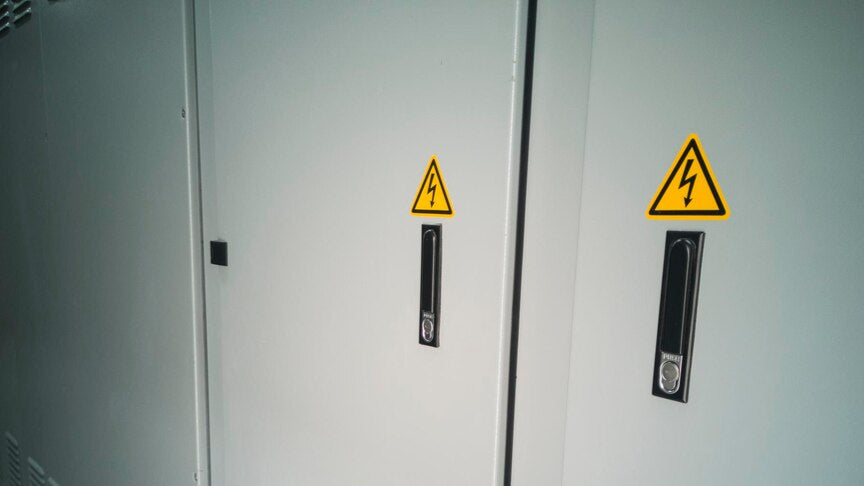Ground faults are among the most dangerous electrical hazards in commercial installations. The National Electrical Code (NEC) recognizes this risk and requires ground-fault protection for feeder conductors under specific conditions. NEC 215.10 is the go-to rule here, and understanding its scope is critical for electrical contractors designing and installing safe, code-compliant systems.
What NEC 215.10 Says
According to the NEC, feeder conductors 1,000 amps or more, rated at 480/277 volts (three-phase, 4-wire) must be protected against ground faults. The requirement applies to feeders supplying commercial and industrial occupancies, where fault currents can be devastating if left unchecked.
This protection isn’t about overloads or short circuits (handled by OCPDs) — it’s about preventing arcing ground faults that can cause equipment damage, fire, or even catastrophic downtime.
Why Ground-Fault Protection is Required
-
Safety – Prevents fire hazards and equipment damage from sustained faults.
-
System Continuity – Reduces the likelihood of prolonged outages due to feeder failures.
-
Compliance – Inspectors specifically look for ground-fault protection on large feeders.
-
Insurance & Liability – Failing to meet NEC 215.10 could leave you exposed in the event of an incident.
How Contractors Apply NEC 215.10
1. Identify Applicable Feeders
-
Feeders ≥1,000A and 480/277V, 3Ø, 4W are within scope.
-
Lower voltage or amperage feeders don’t require this protection.
2. Choose Ground-Fault Protection Devices
-
Electronic trip circuit breakers with ground-fault sensing.
-
Ground-fault relays paired with switchgear.
3. Coordinate Protection
The NEC requires that ground-fault protection doesn’t trip the entire service unnecessarily. Coordination between the main service protection and feeder-level protection is critical.
-
See also: NEC Services and Feeders Overview
-
Related detail: NEC 215.2: Minimum Rating & Size of Feeder Conductors
4. Documentation
-
Contractors should document protective device settings to prove compliance during inspections.
Common Contractor Mistakes
-
Overlooking coordination: Protectors must not cause nuisance tripping.
-
Underrating devices: Using improperly rated equipment leads to red tags.
-
Skipping documentation: Inspectors often flag missing test reports and coordination studies.
Pro Tips for Contractors 🚧
-
Always pair NEC 215.10 compliance with feeder sizing (see NEC 215.2) for a holistic approach.
-
During design, coordinate your ground-fault protection with service disconnects (see Services & Feeders) to avoid system-wide outages.
-
Work closely with the AHJ (Authority Having Jurisdiction) early — some enforce strict coordination studies before approving large feeder installations.
-
For large commercial jobs, ground-fault protection isn’t just a code requirement — it’s a competitive advantage when selling safety and reliability to clients.


